By Amanda Rose Newton
Turning your kitchen scraps into rich, usable compost is one of the most rewarding ways to support your garden and the environment. However, knowing what to discard — and what to keep — is key to getting it right. Today, we’ll clear up some of the biggest compost myths, decode the facts, and walk through how to turn food waste into garden gold.
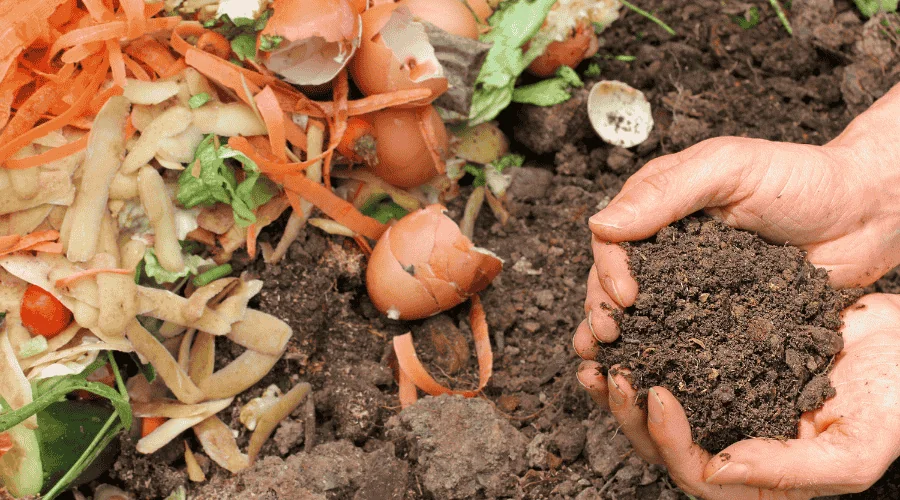
What is Compost?
Compost is decomposed organic matter that transforms everyday waste — like vegetable scraps, leaves, and coffee grounds — into a rich, soil-like material. This “black gold” is rich in nutrients and beneficial microbes that enhance soil structure, stimulate plant growth, and reduce the need for synthetic fertilizers.
By composting, you not only recycle your kitchen and yard waste but also create a valuable natural resource that keeps your plants healthier and reduces your environmental impact.
What Food Scraps Belong in Compost?
Green materials, such as those rich in nitrogen, are essential for a healthy compost pile. From your kitchen, this includes:
- Fruit and vegetable scraps
- Coffee grounds (yes, they’re great!)
- Tea leaves (remove staples from tea bags)
- Eggshells (crushed to break down faster)
- Fresh plant clippings
Important notes:
Coffee grounds are excellent for compost. They add nitrogen and help attract beneficial microbes. However, balance them with “browns” (carbon-rich materials like dried leaves or cardboard) so the pile doesn’t get too acidic.
Eggshells are a fantastic addition, offering a slow-release source of calcium. Crushing them helps them decompose faster.
Food scraps with seeds (such as tomato cores, melon rinds, or peppers) can be added — but beware: if your compost pile doesn’t reach a high enough temperature (around 130–150°F), some seeds may survive and sprout later where you least expect them.
What to Keep Out
Certain kitchen scraps don’t compost well and can cause problems like attracting pests or spreading disease:
- Meat, fish, and dairy products
- Oils, grease, and fatty foods
- Processed foods high in salt or preservatives
- Large amounts of citrus peels (small quantities are okay)
- Pet waste (from carnivorous pets)
These materials disrupt the composting process, emit unpleasant odors, and attract unwanted pests.
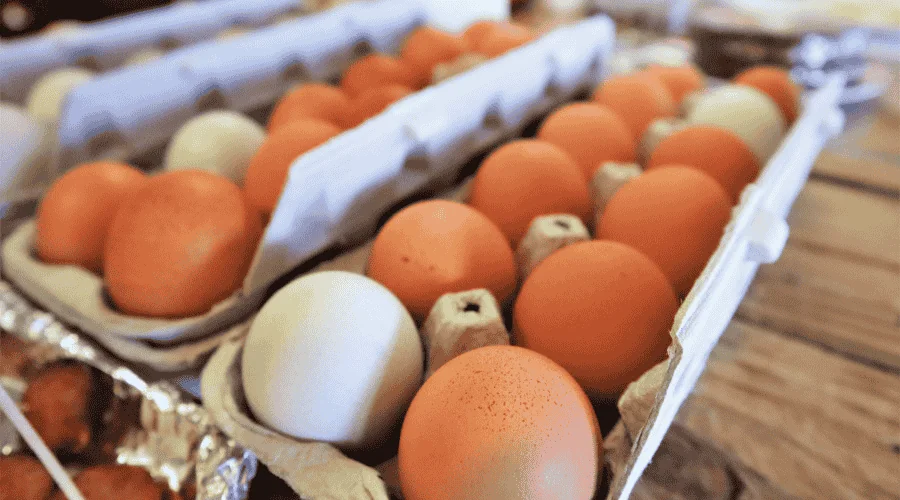
How Long Does It Take to Turn Scraps into Compost?
Compost can be ready anywhere from 2 months to a year, depending on:
How to tell it’s ready:
It should smell earthy, not sour, and you shouldn’t be able to recognize the original food scraps.
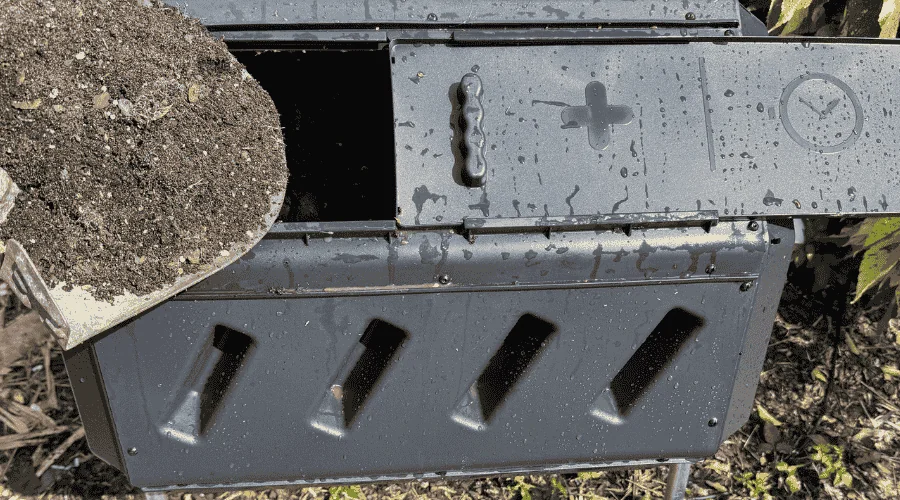
Compost Bin Types
You have several good options based on your space and goals:
- Open piles: Ideal for large yards. Easy but slower without regular turning.
- Tumbling bins: Perfect for small spaces. They make aerating easy and speed up decomposition.
- Worm bins (vermicomposting): Ideal for indoor or patio use. Worms turn scraps into rich compost with minimal odor.
- Enclosed bins: Keep compost tidy and prevent pests from infesting your area—a wise choice for suburban or urban settings.
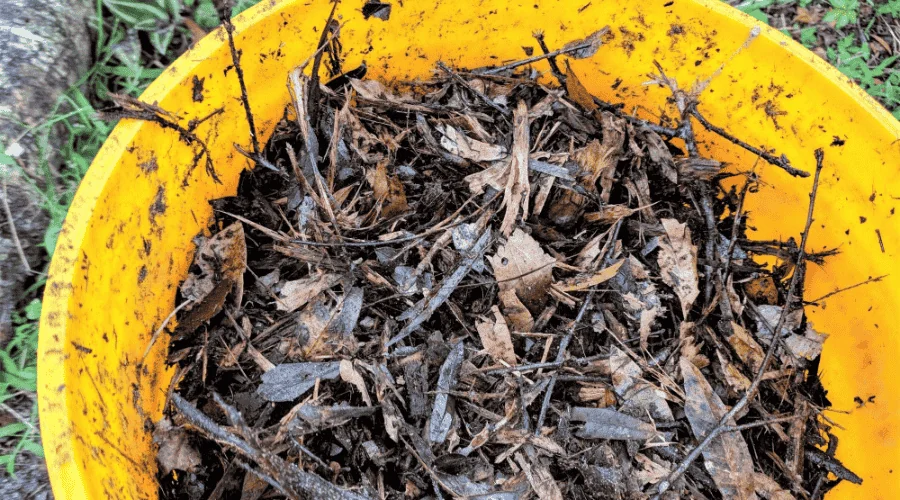
How to Incorporate Finished Compost into Your Soil
Once your compost is rich and crumbly:
- Topdress garden beds: Apply a 1–2 inch layer around plants.
- Mix into new beds: Blend compost into the top 6–8 inches of soil.
- Use in pots: Combine with potting soil for container gardens.
- Make compost tea: Soak finished compost in water for a nutrient-rich plant drink.
Kitchen composting isn’t complicated once you know the basics. Coffee grounds, eggshells, and even some seeded scraps can all contribute to healthy, thriving soil — when managed correctly. Stick to natural, plant-based materials, keep your pile balanced and turned, and you’ll be growing your own kitchen gold in no time.
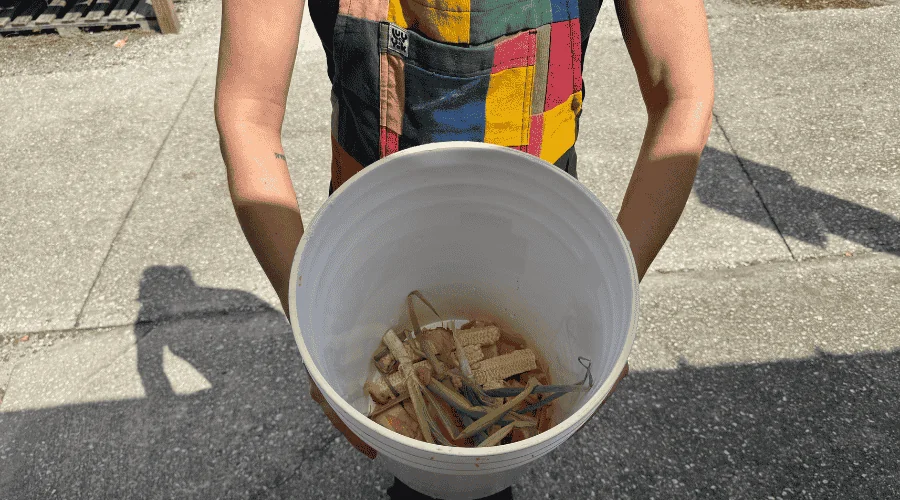
Top 5 Compost Myths:
Myth 1: Coffee grounds make compost too acidic.
Coffee grounds are close to neutral in pH once brewed and are an excellent source of nitrogen. Just balance them with enough carbon-based materials (such as dried leaves or cardboard).
Myth 2: Eggshells don’t break down.
Eggshells do decompose, primarily when crushed. They also enrich compost with calcium, an essential nutrient for plants.
Myth 3: You can’t compost anything with seeds.
Seeds from fruits and vegetables can be composted. However, if your pile doesn’t get hot enough, a few might survive and sprout — a little weeding is usually a small price for rich compost!
Myth 4: Compost piles always smell bad.
A healthy compost pile has an earthy smell, not a rotten one. Foul odors usually indicate that your pile is too wet or requires more carbon-rich, “brown” materials.
Myth 5: You need a fancy bin to compost.
While bins help manage compost neatly (especially in urban areas), you can compost successfully with a simple open pile — it’s about balance, not equipment.
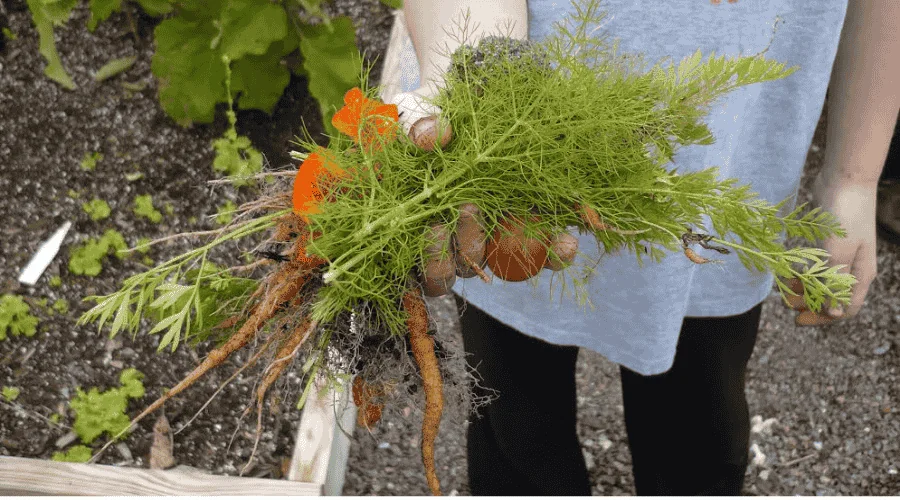
Composting is a rewarding way to give back to the earth and your garden. By turning kitchen scraps into nutrient-rich compost, you’re creating a cycle of growth and sustainability. Don’t be afraid to experiment and learn as you go. Every bit of compost you make makes a difference. Happy composting!


